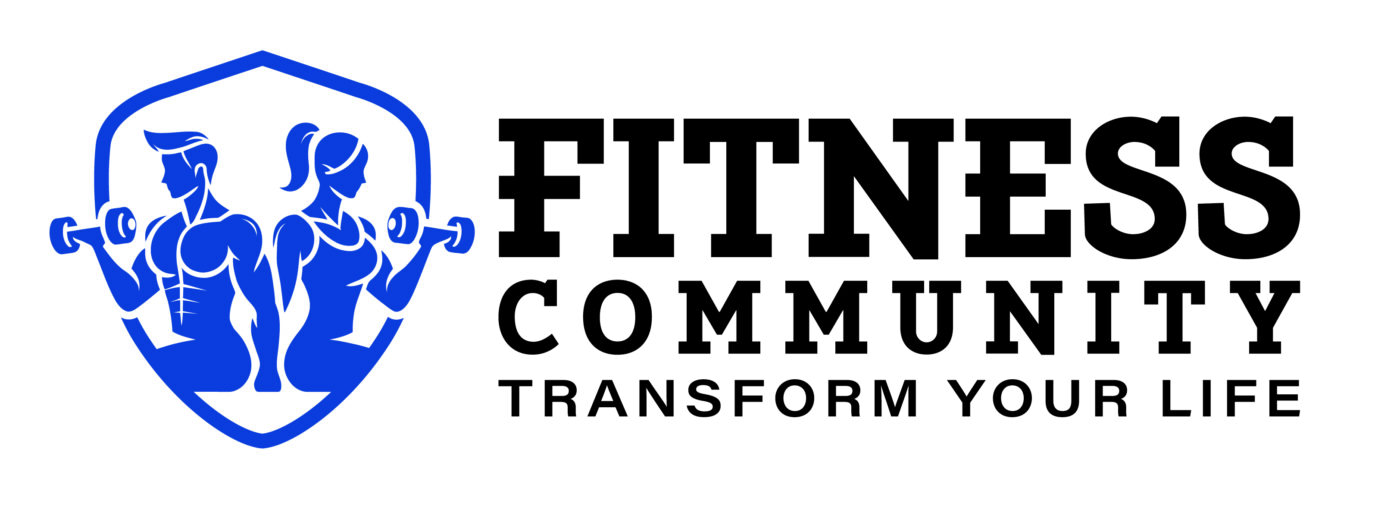STRENGTH TRAINING
Resistance Training Options for Individuals Who Dislike Weightlifting
Resistance training, a crucial component of overall health and wellness, is vital for preventing diseases and maintaining muscle mass. While lifting weights is often associated with resistance training, there are numerous alternative methods that provide an equally challenging workout for your muscles. If you’re not a fan of spending time at the gym performing traditional weightlifting exercises, here are some alternative forms of resistance training to improve your strength and overall health.
What Is Resistance Training? Resistance training involves working your muscles against an external force to enhance strength and endurance, as defined by the National Academy of Sports Medicine (NASM). There are two main types of resistance training exercises:
- Isotonic exercises: These involve repetitive movements against resistance, such as bodyweight exercises like squats and crunches, or weightlifting exercises like bicep curls.
- Isometric exercises: These involve engaging muscles against resistance without joint movement, such as planks and wall sits.
Resistance Training Goals Before starting a resistance training program, it’s important to establish clear health and fitness goals to help select the most suitable exercises for you. Here are five common goals that resistance training can help you achieve:
- Building strength: Enhancing your muscles’ ability to overcome external forces.
- Improving stability: Increasing joint and muscle stability for better range of motion.
- Boosting explosive power: Enhancing the ability to generate maximum force quickly.
- Enhancing endurance: Improving the ability to generate and sustain force for extended periods.
- Increasing muscle mass: Promoting muscle growth and hypertrophy.
Health Benefits of Resistance Training Resistance training provides numerous health benefits beyond strength and muscle size optimization. It can help reduce age-related muscle mass loss, improve balance and stability, enhance heart health, and potentially delay or prevent the development of type 2 diabetes.
Types of Resistance Training Without Weights While many associate resistance training with lifting heavy weights, there are several ways to work your muscles without using weights. Here are some alternative forms of resistance training:
- Bodyweight Resistance Training: Bodyweight exercises, such as push-ups, pull-ups, squats, and crunches, can effectively target various muscle groups. These exercises are versatile and can be modified to suit different fitness levels.
- Swimming as Resistance Training: Swimming is a low-impact exercise that offers cardiovascular benefits while providing resistance through water. It is gentle on the joints and can effectively engage muscles throughout the body.
- Suspension Training: Suspension training utilizes body weight and gravity as resistance. It involves using straps, like a TRX suspension trainer, anchored to an overhead location. Exercises like biceps curls, rows, and chest presses can be performed by adjusting body positioning and leveraging the straps.
- Resistance Band Training: Elastic resistance bands are versatile tools that can be used for a wide range of strength training exercises. They are lightweight, portable, and can be anchored or used with your own body. Research suggests that resistance band training can be as effective as traditional weight-based training.
- Plyometric Training: Plyometrics involve explosive movements like jumping and landing to build strength and explosiveness. This training method is beneficial for athletes and can improve strength regardless of gender or fitness level.
Risks of Resistance Training Before starting any exercise program, including resistance training, it is advisable to consult a healthcare provider familiar with your medical history. Injury is the primary risk associated with resistance training, but there are ways to minimize this risk:
- Warm up before each session and cool down afterward.
- Learn proper exercise form by working with a certified personal trainer or watching instructional videos.
- Engage the correct muscles during exercises.
- Stay hydrated before, during, and after workouts.

